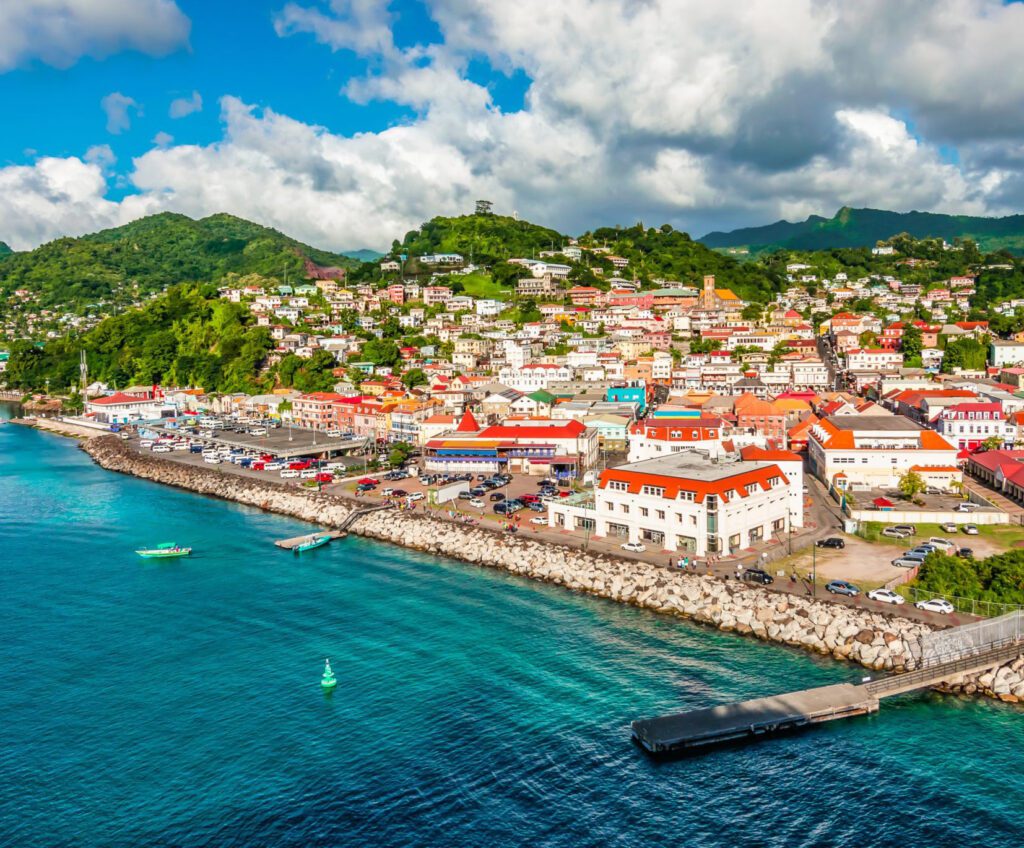Working for Women’s Rights in Ecuador
Note: The assignment and accompanying photos took place before the COVID-19 pandemic outbreak.
I’ll never forget my arrival in Quito, Ecuador—my flight descending through the breathtaking Andes Mountains in the shadowy evening light—for my first CESO assignment.
My work began on a Monday morning, just a few days after I had arrived, with a meeting between the CESO country representatives and our partner, the National Council on Gender Equality (CNIG) in Ecuador. My task for the next few weeks was to develop a gender equality communication strategy for the Council.

Liz, CESO Country Representatives Diego and Ana, and members of the CNIG meeting on day one of the assignment.
The CNIG is the state’s constitutionally mandated, human rights knowledge hub on gender equality. It provides a bridge between government, advocacy and civil society, and has a mandate to advise, influence, mainstream, monitor and evaluate policies, programs and projects related to gender equality. Despite the broad and important mandate, the Council is prevented from making much real progress due to its lack of executive power and limited budget.
What the Council does not lack is highly knowledgeable and dedicated fighters for gender equality—its small but mighty team, armed with academic training, passion and lived experience, was a joy to work with.
Ecuador currently ranks 86 out of 189 countries on the Gender Inequality Index. Recognizing how gender inequality hinders economic growth, the Ecuadorian government has committed to achieving greater equality and women’s empowerment. But deep-rooted patriarchy, a “machismo” culture and gender stereotypes are prevalent and enduring, leading to such outcomes as underreported and under-investigated cases of gender-based violence, forced marriage and human trafficking.

A woman inspects fabric at an Indigenous market
I was ready to do all that I could to meet and exceed the assignment objectives. I started by reviewing the 150-page National Agenda on Gender Equality, met with key informants and international agency partners, and attended both an international collaboration fair and gender-based violence conference at the local university. With my core team, we refined the CNIG’s needs and objectives, assignment deliverables and measures of success.

Liz and Ibeth, lawyer and gender equality advocate, refine objectives and expected outcomes
I admired my CNIG colleagues. Despite heavy workloads, they were positive and kind, displaying a level of strength, resilience and daily gratitude that I have observed in other parts of the world. I enjoyed practicing my Spanish with them in the office and during lunch breaks at local diners.

Liz with translator Maricela, who quickly became a close friend and guide around Quito
During the last week of my assignment, I met with the full Council team to present my communication strategy, tools and recommendations. Friendly, familiar faces surrounded me, reassuring me that the methods and materials I provided will help create new partnerships and improve communication and outreach for the CNIG. Ultimately, I hope the methods and materials help the Council make strides toward gender equity in Ecuador, particularly in their new areas of focus—the intersection of gender and climate change and the economic rights and realities of women and LGBTQI communities.
In this first CESO assignment, I came to a better understanding of the strength of CESO’s model of an exchange of skills and knowledge. I feel strongly that I am the beneficiary of this assignment, returning to Canada much richer and wiser due to my experience in Ecuador, and the exchange of information and ideas with my colleagues at the National Council on Gender Equality.
Program undertaken with the financial support of the Government of Canada provided through Global Affairs Canada.


